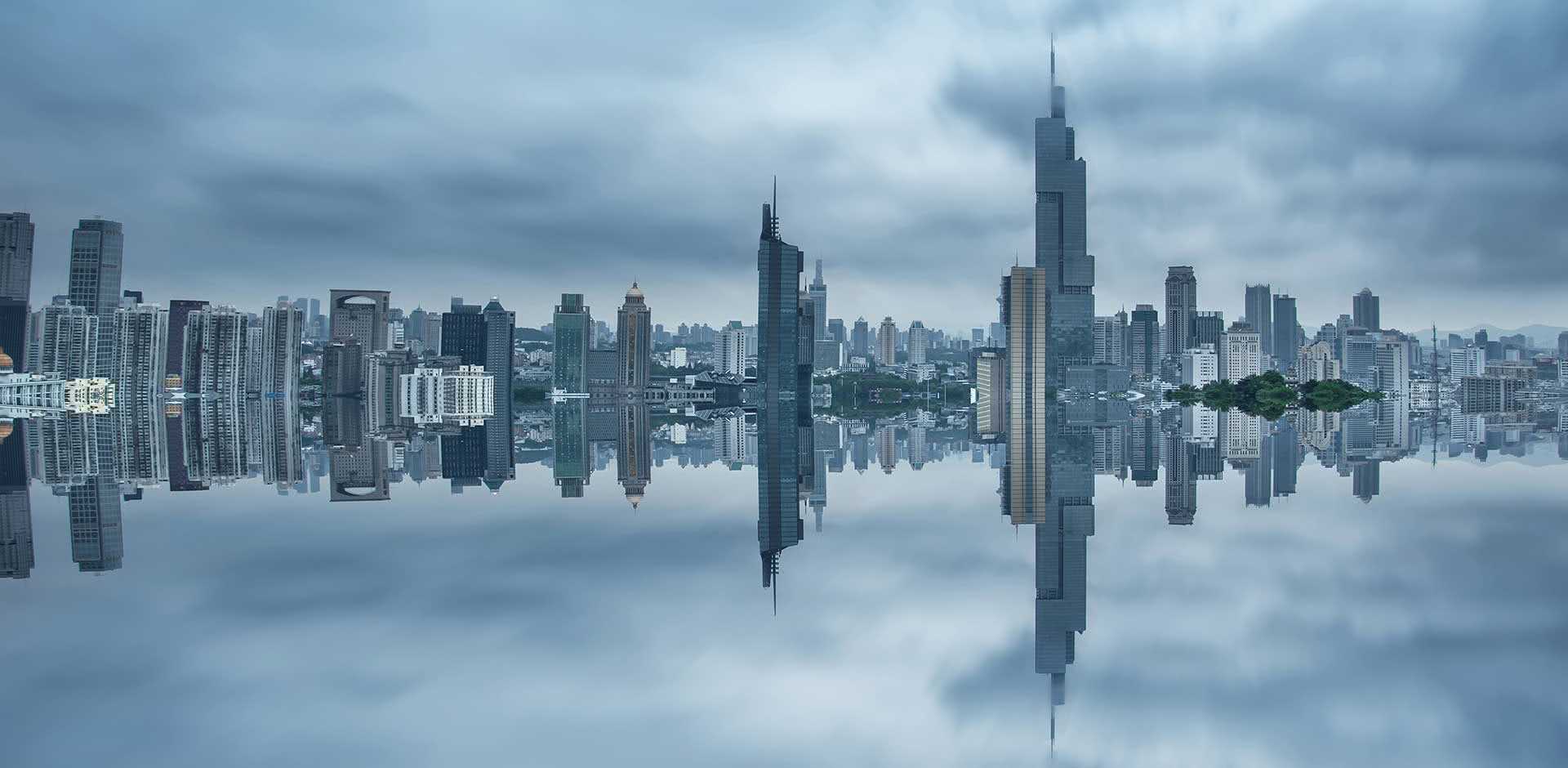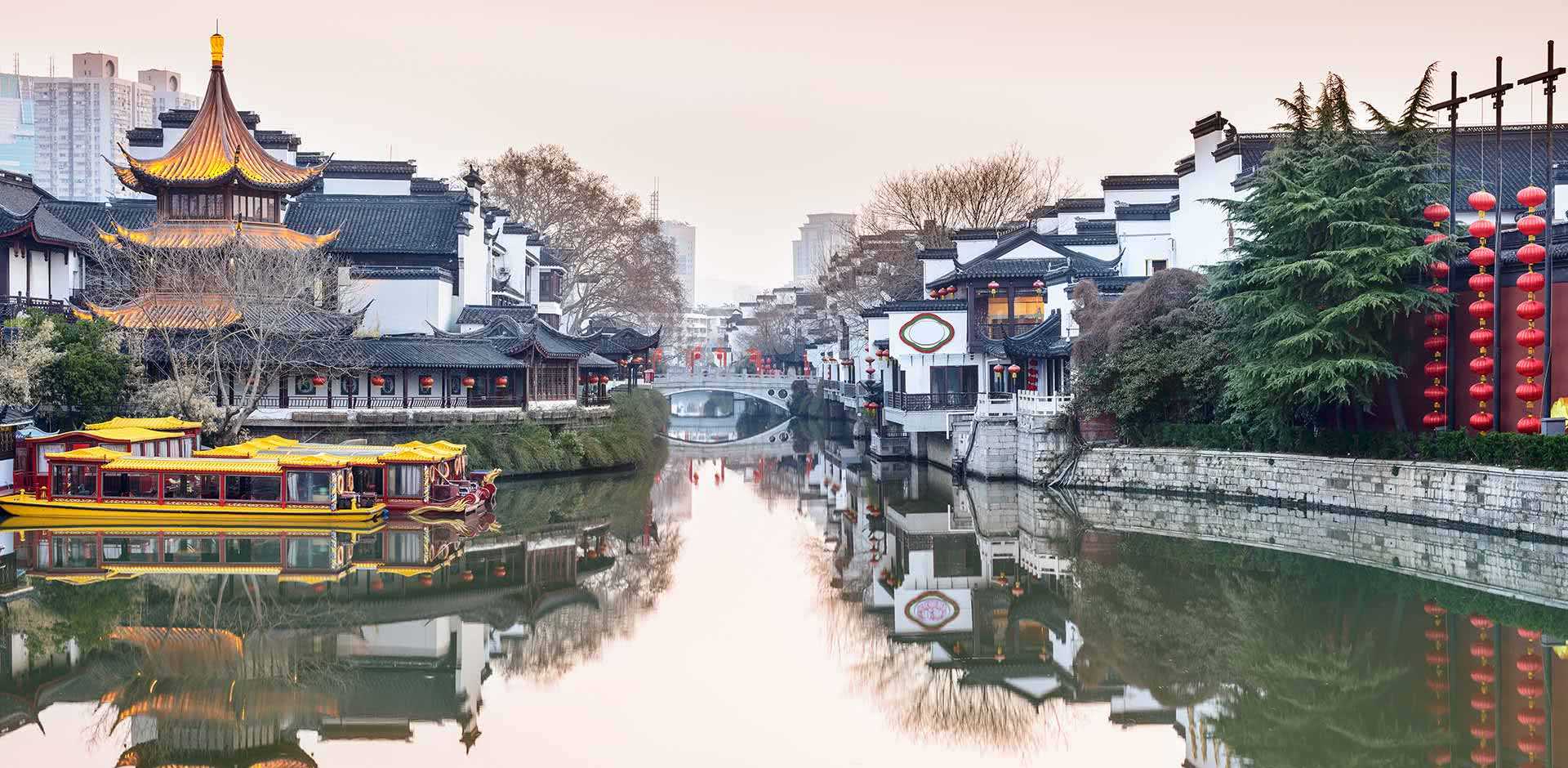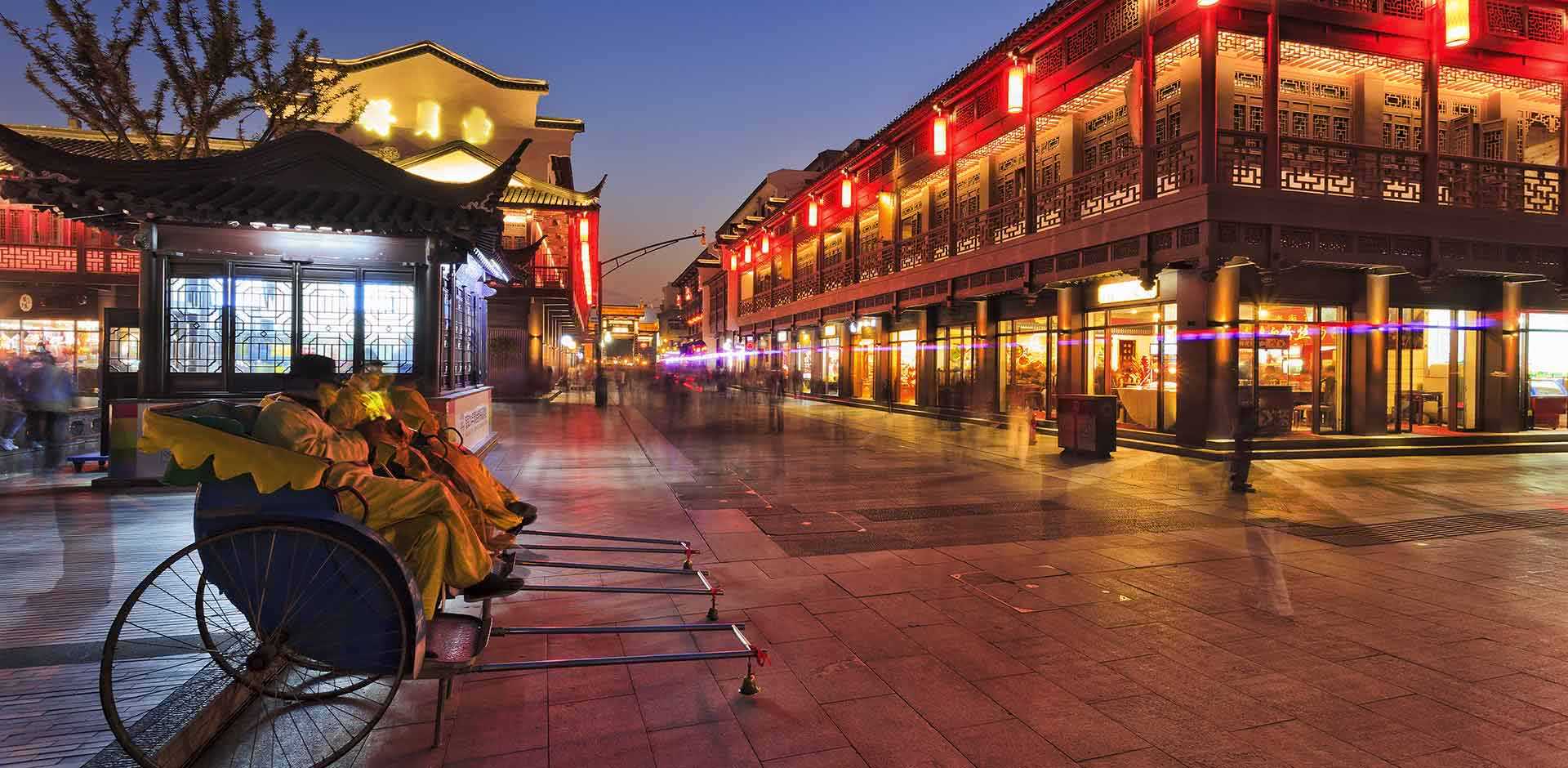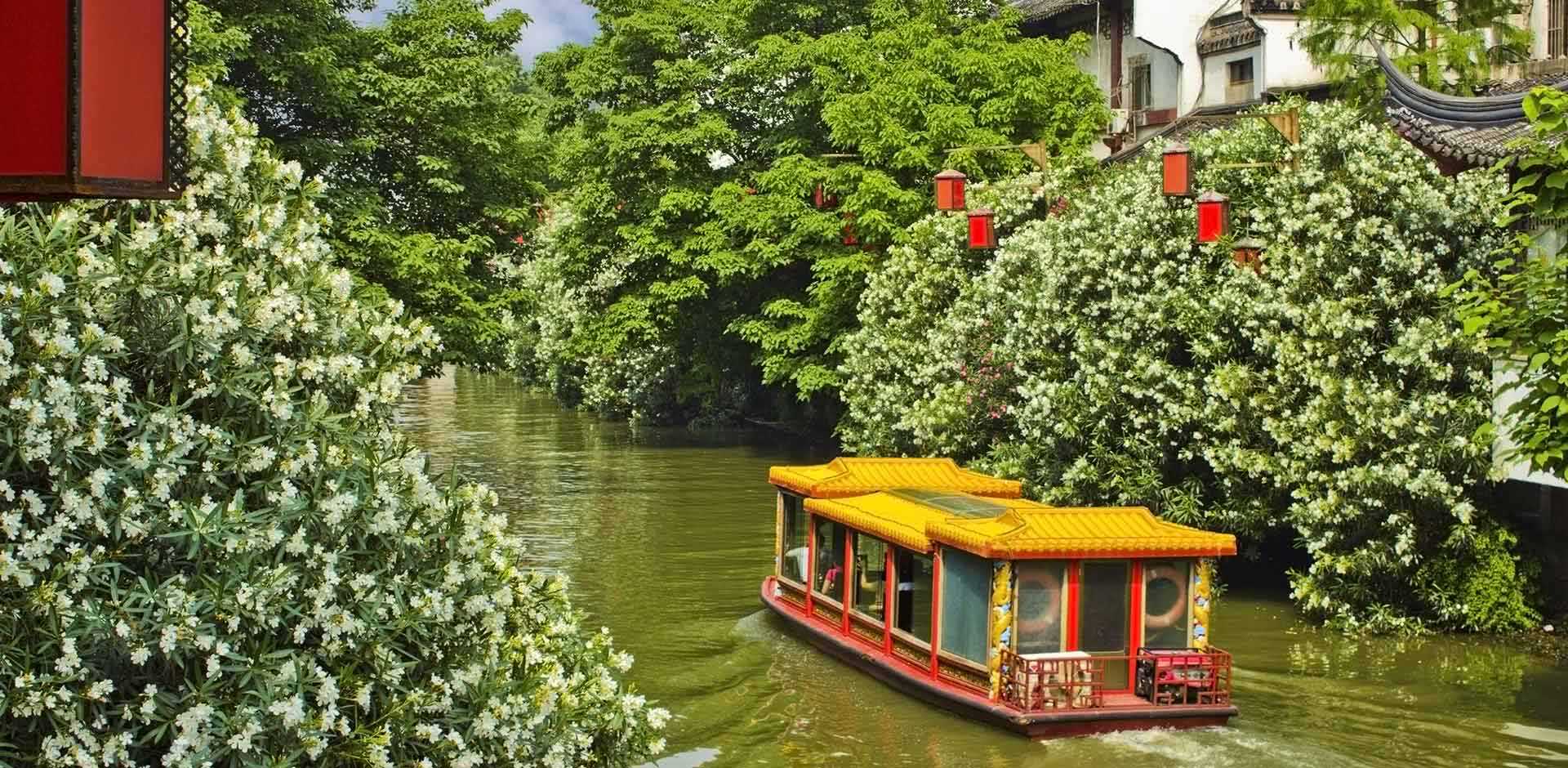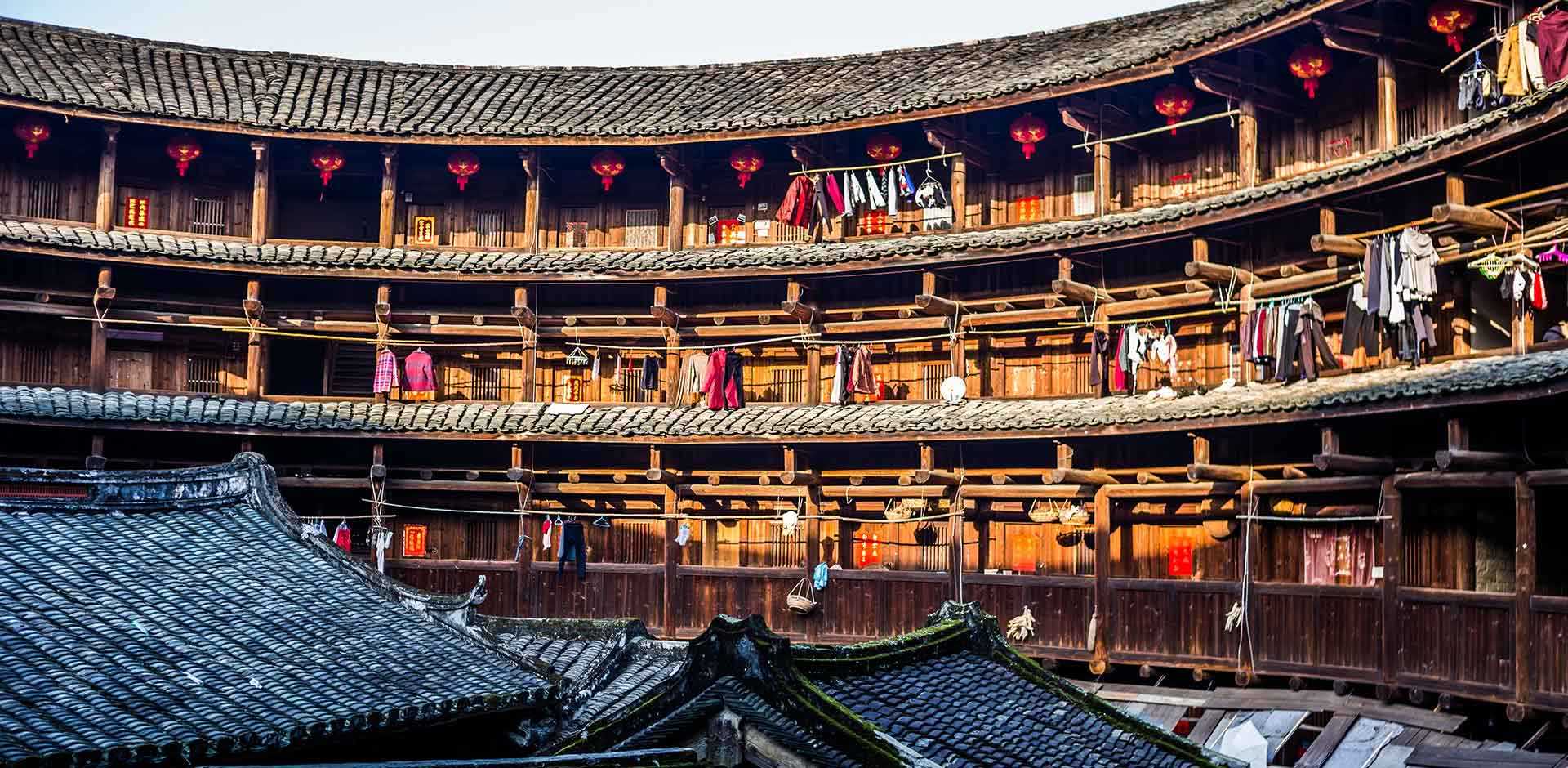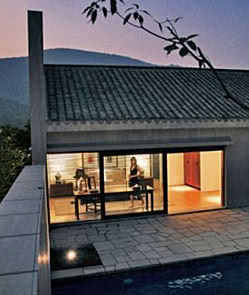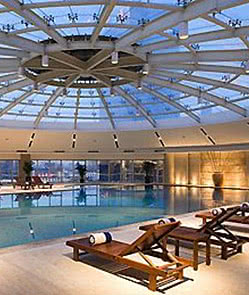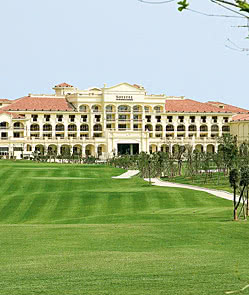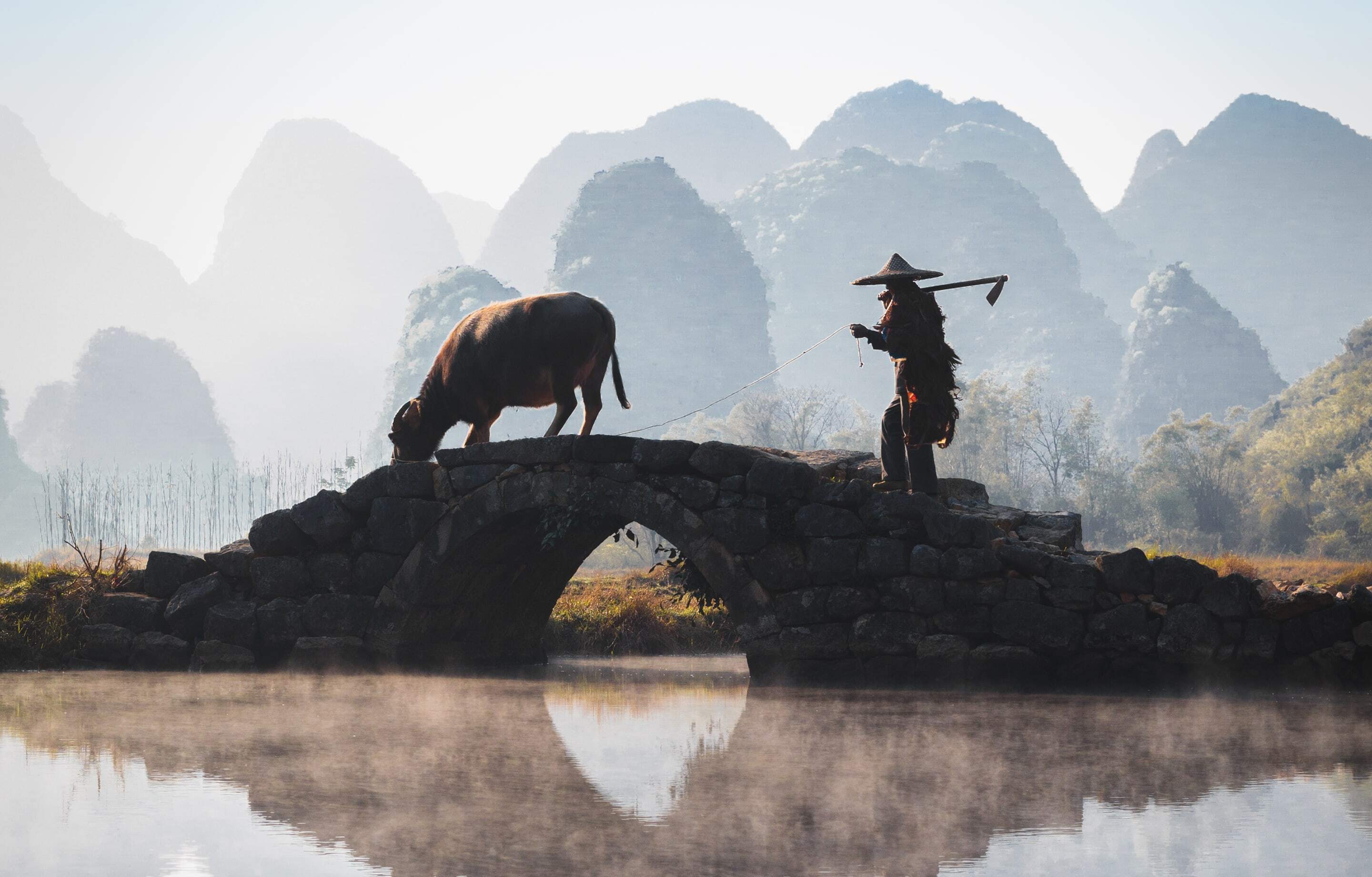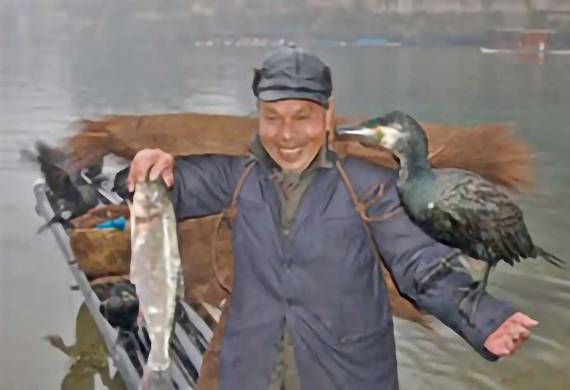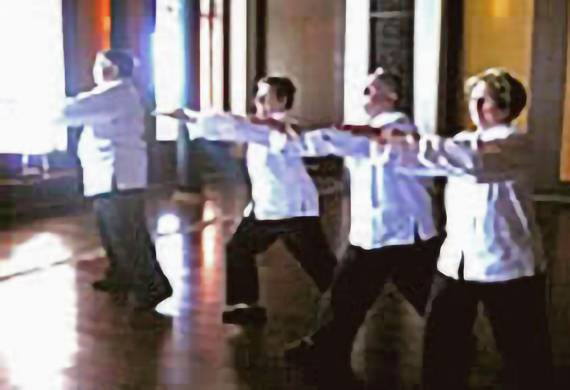Experiences
A handpicked selection of experiences endorsed by our experts. If you can’t see what you’re looking for, let us know, as our extensive network of local contacts can open many doors.
City Wall of Nanjing
Constructed under the auspices of Zhu Yuanzhang, the first Ming emperor, the city walls of Nanjing are the longest city walls ever built. Unlike the rectangular walls of other Chinese cities, primarily Beijing and Xi’an, Nanjing’s walls are a flowing, winding construction that follows the curve of the earth; additionally, much of Nanjing’s walls remain today. Built from gravel, soft, yellow loess soil from northern China, rice, and earth, the city walls took almost 200,000 laborers 21 years to complete.
Highlights include the mighty stone gates which are located at various points in the wall, including the famous Zhonghua Gate, which could garrison over 2000 soldiers.
Fuzi Miao Shopping and Nightlife District
Formerly the center which administered the highly selective, strenuous Imperial examinations, the Fuzi Miao (or Confucius Temple) area today is a glitzy, neon marketplace filled with hawkers, fine restaurants, and bars and nightclubs, all overlooking a canal. The Fuzi Miao area is a top attraction of Nanjing, and the pulsing social and commercial heart of the city.
Ming Xiaoling Tombs
Along with Beijing’s Ming Dynasty tombs – built after the capital was moved from Nanjing – the Ming Xiaoling tombs were designated a UNESCO World Heritage Site in 2000. The most prominent of the tombs belongs to Zhu Yuanzhang, a crude, brilliant leader who rose from humble origins to expel the Mongol invaders and found the Ming Dynasty. The site is perhaps best known for the long, paved roadway that leads to the tombs, many of which are lined with stone lions and figurines.
Nanjing Massacre Memorial Hall
Following the fall of Nanjing, then the capital of China, to the Japanese army in 1937, victorious Japanese forces committed a ghastly spate of war crimes in the city, including rape, the murder of prisoners of war, and systemic killings of civilians. Popularly known as the “Rape of Nanking,” the event served as a catalyst for anti-Japanese sentiment across China and throughout the Western world – and is, even today, a source of contention and anger between both China and Japan.
This sober, elegant memorial hall commemorates these tragic events, and includes a series of artifacts from the era, including weapons, eyewitness testimony, and photographs. Many of the exhibits are well-designed and carefully constructed, and despite the subject matter, manage to strike an even tone. Particularly poignant is the last exhibit of the memorial hall, a bright room that, every minute, displays a black-and-white picture of a different victim of the event.
Purple Mountain
A misty peak located in Nanjing’s eastern suburbs, Purple Mountain is a popular tourist draw, and a perfect place for a leisurely, relaxing stroll. Home to the Purple Mountain Observatory, the first of its kind in China, as well as a number of significant historical sites and parks, Purple Mountain also features a convenient cable car to ascend its peaks – allowing visitors panoramic views of the verdant countryside and surrounding monuments.
Sun Yat-sen Mausoleum
Dedicated to Sun Yat-sen, a Chinese-born doctor who led the 1911 revolution that overthrew the last dynasty of China, this mausoleum features white walls and an ornate, blue roof – fusing elements of Western architecture and traditional Chinese design. While Dr. Sun died before he lived to see the country re-united and free of regional warlords and foreign colonialists, today he is one of the rare figures respected by both the Chinese Communists and Nationalists.
Taiping Heavenly Kingdom Museum
Small and nondescript, this museum commemorates the Taiping rebellion, a little-known event outside China that, nonetheless, was one of the most violent in modern history. Launched by Hong Xiuquan, a failed Confucian scholar who believed himself to be the younger brother of Jesus Christ, the Taiping rebellion ripped apart southern and southwestern China – going so far as to occupy territories and establish an alternate government. By the time the dust had settled 14 years later, nearly 20 million Chinese were dead.
Today, this fascinating, obscure museum, housed in a series of gardens that once were home to Taiping officials displays a series of artifacts and exhibits dating to the rebellion, including currency, documents, and arms and armor.
Xuanwu Lake
A scenic lake located in the center of the city near the Ming-era city walls, Xuanwu Lake is often filled with families, students, and office workers, particularly on the weekends. At Xuanwu Lake, visitors will be able to see the citizens of Nanjing at their carefree best, frolicking in the grassy fields and gardens surrounding the lake, renting paddle boats, or walking onto the lake’s islands, which are connected to the mainland by a series of causeways.
